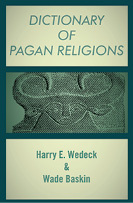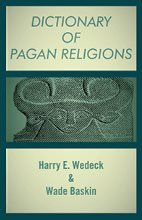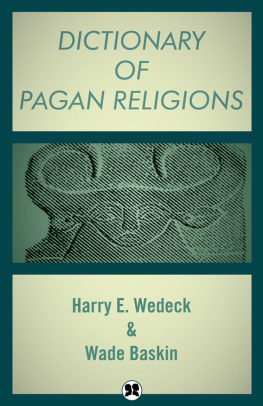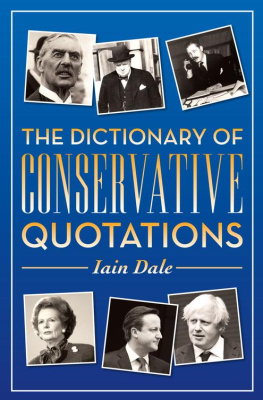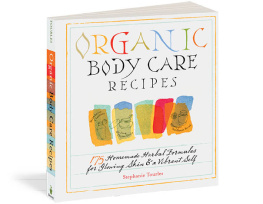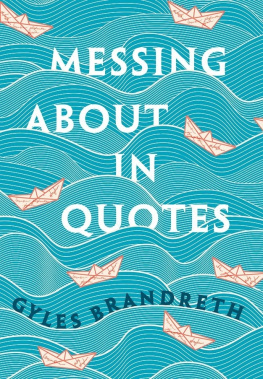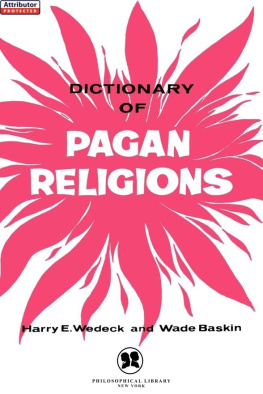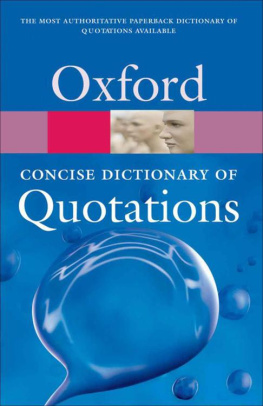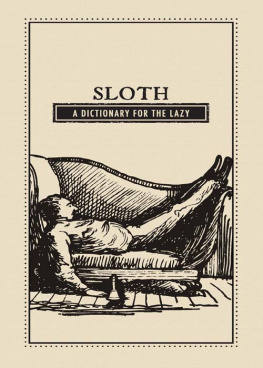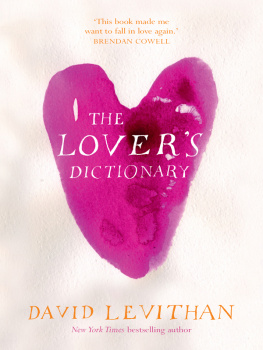Pagebreaks of the print version



Dictionary of Aphrodisiacs
Harry E. Wedeck
I will show you a philtre without potions, without herbs, without any witchs incantation: if you wish to be loved, love.
Seneca
ABSINTHE
A liqueur made in France from Artemisia absinthium, a plant native to North Africa and the foothills and valleys of European mountain ranges. The liqueur is green in color and is compounded of marjoram, oil of aniseed, dill, and other aromatic oils.
Artemisia absinthium, also known as wormwood, was used in ancient times to banish demons. It was associated with the rites of St. Johns Eve, when a crown of the plant was supposed to ward off evil spirits. Tradition has it that John the Baptist wore a girdle of wormwood while he was in the wilderness.
Wormwood was dedicated to the Greek goddess Artemis, hence the name Artemisia absinthium. Other classical references to this herb are Dioscorides, a Greek physician of the first century A.D., who declared that it prevented intoxication. The Roman scholar Pliny the Elder endorsed it as a great sexual restorative.
Absinthe was used extensively as a sexual stimulant by turning-of-the century artistic communities, especially in Paris. It is considered to be dangerous taken in large quantities.
In England the plant is called Green Ginger and Old Woman. Other names for the plant are Boys Love, Lads Love, and Maidens Ruin.
AGATE
Like a great many other stones, precious and semiprecious, the agate has a reputation for stimulating amorous activity.
AISCHROLOGIA
The frank expression of obsenities is considered to be an indirect sexual stimulant and was common in ancient Greek comedy, particularly that of Aristophanes. Famous literary examples of the twentieth century are James Joyces Ulysses , D.H. Lawrences Lady Chatterlys Lover and the books of Henry Miller.
ALBERTUS MAGUS
This great medieval theologian and scientist, who was the teacher of Thomas Aquinas, offered numerous formulas for love potions in his works. He particularly recommends the brains of a partridge calcined into a powder and swallowed in red wine.
ALCHEMICAL APHRODISIAC
In the Middle Ages the alchemists sold a putative aphrodisiac which included gold as an ingredient. The preparation was in the form of a beverage to be taken daily and was called potable gold.
ALCOHOL
Alcohol with sugar added was used to promote the amorous feelings of King Louis XIV. In some European countries it was a folk custom to offer a bride and bridegroom cakes moistened with sugar and alcohol.
In small amounts, alcohol removes inhibitions by depressing the higher centers of the brain and often is the major ingredient in aphrodisiacs. Sexual desire may be increased; however, consummation is negligible or abortive. As the Porter in Shakespeares Macbeth put it, It (alcohol) provokes the desire, but it takes away the performance.
ALMONDS
The Perfumed Garden , an erotic handbook written by a sixteenth century Arab sheik, recommends almonds as an aphrodisiac: Drink a glassful of very thick honey, eat twenty almonds and one hundred grains of the pine tree before bedtime. Continue for three successive days.
ALMOND NECTAR
| 4 servings |
| 1 cup milk | 1/8 tsp. cinnamon |
| 6 raw almonds | 1/8 cup dates |
Mix together in a blender and serve hot or cold.
ALMOND SOUP
This aphrodisical soup contains powdered almonds, yolk of eggs, chicken stock, and cream. Many so-called aphrodisiac recipes are basically wholesome ingredients prepared in a tasty way. The receptivity to romance probably comes from the general sense of relaxation and well-being good food induces.
AMAZONS
According to Eustathius, the twelfth century historian and scholar, the ancient Amazons had the strange custom of breaking the leg or arm of any captive taken in battle. The intention was not to prevent the possibility of escape, but to render the captive more vigorous for amatory conflicts, as the Amazons imagined that the genital members would be strengthened by the deprivation of one of the captives limbs. Hence, when reproached by the Scythians for the limping gait of her slaves, Queen Antianara replied, The lame best perform the act of love.
AMBER
In old pharmacopoeias many formulas were enumerated in which amber constituted the base. These recipes were all directed toward amatory capacity as their names imply, e.g.: Tables of Magnanimity, Electuary Satyrion, Joy Powder.
AMBERGRIS
A waxy substance found in tropical seas, believed to be the secretion in the intestines of the sperm whale. Used in cooking as an aphrodisiac.
Among the Persians, pastilles consisting of powdered ambergris, rubies, gold, and pearls were eaten as an aphrodisiac.
In the Orient, ambergris is still considered a potent aphrodisiac. Coffee is often served with a little ambergris at the bottom of the cup. According to one authority, three grains of ambergris are sufficient to produce, among other effects, a disposition to cheerfulness and sexual desire.
Among the ancients, ambergris was also used to restore vital powers that had been exhausted by old age or excess.
AMOROUS INDUCEMENT
In giving advice on love and sex to his fellow Romans, the poet Ovid emphasizes a number of points that favor erotic conditions: a suntan, cleanliness, neat dress, brushed teeth, well-fitting sandals, and a good haircut.
For women Ovid suggests an elegant coiffure, dress that is becoming to the wearers shape and complexion, a graceful gait, well-controlled laughter when the occasion arises. For erotic interaction Ovid advises aggressivess. Love hates laziness, he warns.
ANANGA-RANGA
A Sanskrit manual written by Kalyanamalla, similar in content to Ovids Ars Amatoria. This guide has been translated into a number of Indian languages, and also was translated into English by Sir Richard Burton. It deals with a vast array of love-making techniques, cosmetic and beautifying hints, aphrodisiac prescriptions, magic onintments for securing and retaining affection and love for both men and women, perfumes, bodily hygiene, hair treatments, drugs, philtres, pills, incense, charms for erotic subjugation, and magic incantations for the purpose of fascination.
ANAPHRODISIACS
Excessive indulgence in alcohol diminishes sexual desire. Hindu texts often mention this condition. It is also familiar to the ancient classical writers. Tobacco and the plant valerian are also considered to be anaphrodisiac in their effects.
Water-purslan, cucumbers, even a drink of water have all had a reputation as being antiaphrodisiacs. Other means of cutting down sexual desire are a spare diet, a laborious life, little sleep, and much bodily exercise.
In ancient times, a cool regimen was suggested for quenching desire. Plato and Aristotle advised going barefoot as a means of checking the stimulus to carnal pleasure. The cold bath was considered equally efficacious. Others, including Pliny the Elder who authored the Historia Naturalis , and the physician Galen, the second century A.D. Greek authority whose reputation extended far into the Middle Ages, advised thin sheets of lead to be worn on the calves of the legs and near the kidneys.

